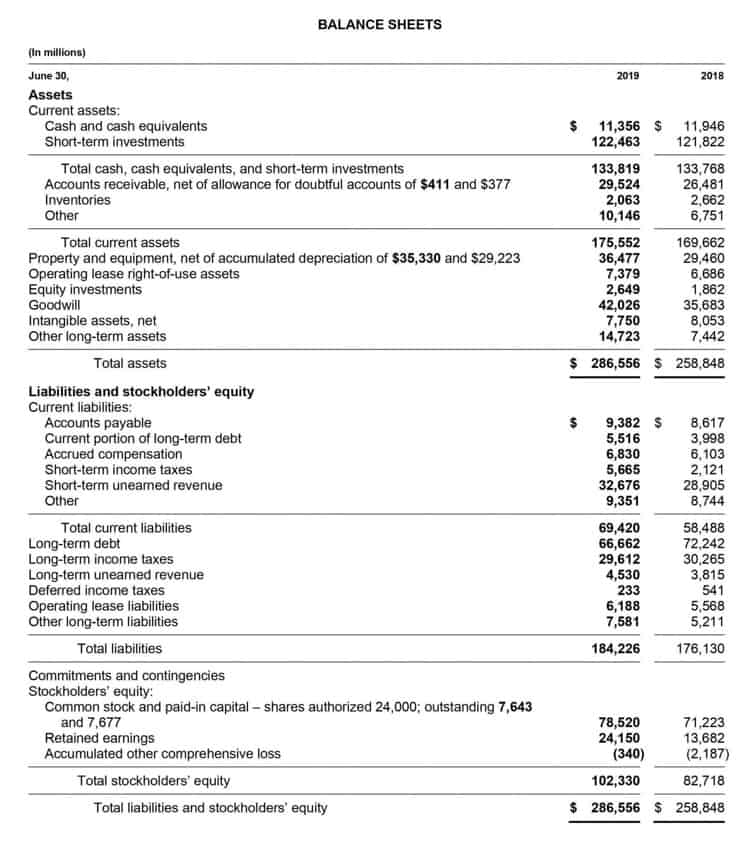
Therefore, ?40,000 will be added to operating profits for arriving at the amount of net cash generated from operating activities. It means that an increase in the current liabilities should be added to the operating profits. Stable or increasing net cash flow from operating activities often indicates healthy profit inflow, illuminating a company’s ability to maintain or grow its operations without requiring additional financing. Accordingly, it can be regarded as a positive sign when a business exhibits a persistent upward trend in its operating cash flow, as it implies that the company’s core operations are sufficiently profitable.
Operating Cash Flow = Net Income + Non-Cash Expenses – Increase in Working Capital
Operating activities are the daily activities of a company involved in producing and selling its product, generating revenues, as well as general administrative and maintenance activities. Key operating activities for a company include recording transactions manufacturing, sales, advertising and marketing activities. Fundamental activities of a business that can directly affect the company’s profitability and are mostly the primary unit of the company are classified as the operating activities. Additionally, maintenance and administrative activities also fall under the same head operating activities in accounting. Let’s take a hypothetical retail giant, “SuperStore Inc. ,” and trace their journey by analyzing their cash flow statement. SuperStore Inc., much like real-world retail leaders such as warehouse giant Costco or Walmart, provides a snapshot of how operating activities propel its cash flow.

What is Cash Flow from Operations (Operating Activities)?
The indirect method starts with net income and adjusts for non-cash items and changes in working capital to arrive at OCF. If you think cash is king, strong cash flow from operations is what you should watch for when analyzing a company. Operating activities are the daily activities of a company involved in producing and selling its product, generating revenues, as well as activities related to administrative and operational functions. Your business can be profitable without being cash flow-positive, and you can have positive cash flow without actually making a profit. Positive cash flow indicates that a company has more money flowing into the business than out of it over a specified period. This is an ideal situation to be in because having an excess of cash allows the company to reinvest in itself and its shareholders, settle debt payments, and find new ways to grow the business.
Chapter 1: Accounting for Share Capital
- The three types of cash flows presented in the statement of cash flows are operating, investing, and financing activities.
- Explore the components of the operating activities section in cash flow statements, focusing on cash transactions and adjustments impacting business liquidity.
- The bottom line reflects the aggregate effect of both operating and non-operating activities, presenting a comprehensive view of a company’s financial performance over a specific period.
- The financing activities section showcases movements in cash related to the company’s equity and debt.
- These transactions could range from acquiring plant, property, and equipment to proceeds derived from selling off some of these fixed assets.
For non-finance professionals, understanding the concepts behind a cash flow statement and other financial documents can be challenging. To emphasize, only cash revenue and cash operating expenses are included under the direct method. Operating Cash Flow (OCF) measures the net cash generated from the core operations of a company within a specified time period. As we have seen throughout the article, cash flow from operations is a great indicator of the company’s core operations. It can help an investor gauge the company’s operations and see whether the core operations are generating ample money in the business. If the company is not generating money from core operations, it will cease to exist in a few years.
Indirect Method vs. Direct Method
Non-cash adjustments like depreciation and amortization reconcile net income with net cash provided by operating activities. Depreciation allocates a tangible asset’s cost over its useful life, while amortization applies to intangible assets. Though they reduce reported earnings, these expenses do not involve cash outflows and must be added back to net income to reflect true cash flow.

Operating Cash Flow
Cash flows from operating activities are an essential metric for investing activities financial analysts and investors in understanding a company’s operational health. This section explores the importance of cash flows from operating activities, their significance, and how they differ from investing and financing activities. Understanding what constitutes an operating activity is crucial for assessing a company’s financial health. Operating activities, reflected in the cash flow statement, encompass transactions that affect net income and provide insight into a business’s core functions. This understanding helps investors, analysts, and managers evaluate how effectively a company generates cash from its primary operations.

The Importance of Cash Flow

Depreciation expenses are posted to record the decline in value of physical assets, including machinery or equipment. You post amortization expenses to record the decline in value of intangible assets, such as a patent. As such, operating activities are essential for understanding the day-to-day functionality and sustainability of a business. The result is the business ended the year with a positive cash flow of $3.5 billion, and total cash of $14.26 billion. The first method used to calculate the operation section is called the direct method, which is based on the transactional information that impacted cash during the period. To calculate the operation section using the direct method, take all cash collections from operating activities, and subtract all of the cash disbursements from the operating activities.
Cash Flow from Operations vs Net Income
Non-operating activities are crucial as they provide insight into the financial health of a company outside its main business functions. Cash flows from operating activities are calculated by taking the net income from the income statement Cash Flow Management for Small Businesses and making necessary adjustments for non-cash items, such as depreciation and amortization. After subtracting these non-cash items, the result represents a company’s cash generated or used in its core business functions over a specified time frame (usually a year). Cash inflows and outflows from operating activities are fundamental to a company’s financial well-being since they determine its profitability and operational cash flow.


